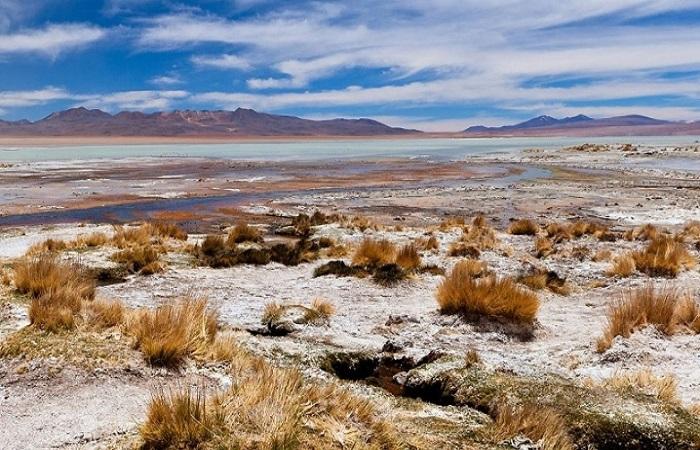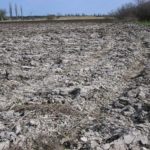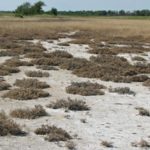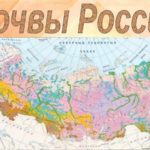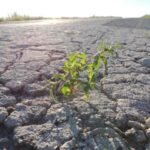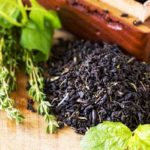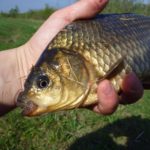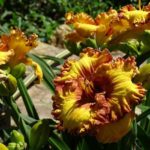The composition of the soil differs in different areas. The land may be fertile or extremely difficult to cultivate. Sometimes the soil is too saturated with mineral salts that come to the surface or are contained in the depths. Such areas are not suitable for growing plants without additional measures. What is the difference between salt marshes and solonetzes, that’s what we’re talking about today.
Features of salt marshes
Soils saturated with easily soluble salts (from 1%) in the upper layer are called solonchaks.In such areas there is no vegetation at all, or halophytes grow - plants that require a high salt content in the soil.
For the formation of salt marshes, a high content of mineral salts in groundwater, combined with an arid climate, is necessary. With little precipitation, salts simply do not have time to be washed out of the soil. Sometimes the minerals are too close to the surface and the groundwater is deep.
Important: irresponsible human activity can lead to the formation of salt marshes.
Classification of salt marshes
There are automorphic and hydromorphic solonchaks. In automorphic soils, minerals with a high salt content come to the surface of the soil, while groundwater lies deeper than 10 meters from the surface. This is a natural formation that does not depend on external conditions or human activity.
Hydromorphic salt marshes depend on water circulation and are divided into several types:
- Typical. A general name meaning that the site has no distinctive features.
- Meadow. May form temporarily when mineral levels in the soil increase. There is a significant fertile layer (humus), which allows the area to be covered with thick grass when the salinity level decreases. Fluctuations in salt levels are observed several times during the season.
- Swamp. Formed when swamps dry out. A peat layer is found on the site. Typical marsh vegetation may be present.
- Sora. They appear on the site of dry lakes. Precipitation fills the bowl; in its absence, the moisture evaporates, exposing the crusty bottom. The lake dries up until next season. Characteristic of the Central Asian region.
- Mud-volcanic. They form near volcanoes, near mineral water deposits. The abundance of salts in such water is the cause of their occurrence.
- Lumpy or Chocolaki. They are characterized by the formation of hills (up to 2 meters high) on a flat surface of the site.
All hydromorphic species are characterized by close occurrence of groundwater.
What is the difference between solonetzes and solonchaks?
Solonetzes are areas with deep deposits of sodium or magnesium salts. They arise on the sites of ancient seas or former deposits of mineral waters. In this case, the salt never reaches the surface layer.
It is difficult to grow anything in such soil. The areas require chemical reclamation: the introduction of substances containing acids, calcium salts, and trivalent cations into the solonetz. Additionally, snow retention is carried out, the soil is frequently loosened, and a fertile layer is formed using imported soil.
It is difficult to grow anything in such soil. This requires enormous labor and investment, and high-quality land reclamation. The improved soil is suitable for growing forage grasses, berries and fruit trees, and is used as pasture.

